So, a few weeks ago, the folks at Affinity Tool Works contacted me. They wanted to explore the possibility of some kind of agreement with Tom’s Workbench. Hey, who am I to turn down a future potential advertiser? I told the representative, “Sure,” and that we could look to see where things went.
Well, imagine my surprise when I came home from work one day to find a care package from Affinity with some sweet looking tools. One of their Angle Master tools, some squeeze clamps and a pair of their Bora wide track clamps. I was thoroughly impressed by the tools… they are very high quality, and gosh, tools are cool! (Add to the fact that my friends at Eagle America are also distributors, and wow, this is a win-win all around!)
The only concern I had was with the wide-track clamps. I mean, they are swell, but I already had a similar clamp I had bought years ago, but never got any use out of it. It was kind of awkward to use, and it never really gave me the accuracy as a tool guide I needed.Were these tools going to end up as dust collectors in my shop?
That’s when I got a round-house kick of inspiration right upside my head. Even better, it had to do with the project I am working on. The bookshelf units I’m building are from some gorgeous – yet rough – cherry boards I got from Bell Forest Products. I have to take them from their rough condition to smooth, flat and square. I had spent some serious time in the shop face planing with my hand plane and thickness planer to get the top and bottom faces smooth and parallel, but I wasn’t looking forward to starting the edge-planing process. The shop is hot, and the thought of extra exertion didn’t appeal to me.
I looked at the boards. I looked at the new Bora clamp. The boards. The clamp. Back to the boards. Right back to the clamp.
BINGO!
I jumped into action. The first thing I did was take my boards and cut them to rough length. I added a generous four inches to the length of my finished dimension so I would have plenty of material to trim the final shelves to length. I also made sure that the ends of the boards were relatively square. Not dead on precise at 90 degrees, but if your ends look jagged like this, you will need to de-jagify them.
I placed the board down on the bench, then clamped the Bora to both ends of the board, overhanging one edge by the slightest amount. Make sure the locking lever is up on the clamp, so when you push it down to lock the board in place, it’s in line with the clamp body.
Now, here comes the fun part. Unlike my older edge clamp, the Bora’s clamping gear doesn’t extend past the edges of the clamp. This means you can present the dead-straight clamp edge to your rip fence. I set the fence until it just grazed the free edge of the board, started the saw and pushed the assembly through.
Since only the straight edge of the clamp is riding on the fence, the resulting cut on the free edge will be dead straight. After I got that first edge nice and straight, I simply unclamped the board, flipped it so the fresh edge rode against the rip fence and blammo, a pair of parallel, smooth edges that are ready to be glued. It’s really that easy.
Using the Bora clamps like this drastically reduced the amount of time necessary to edge joint the boards for the project, and gave me some pretty sweet results.

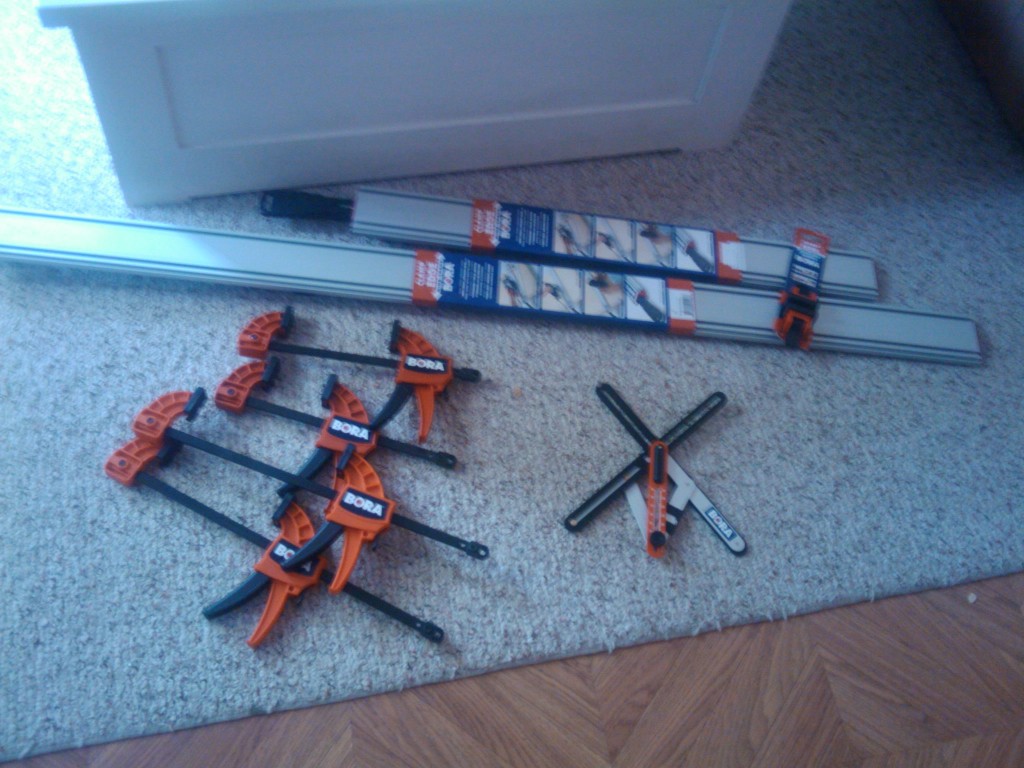
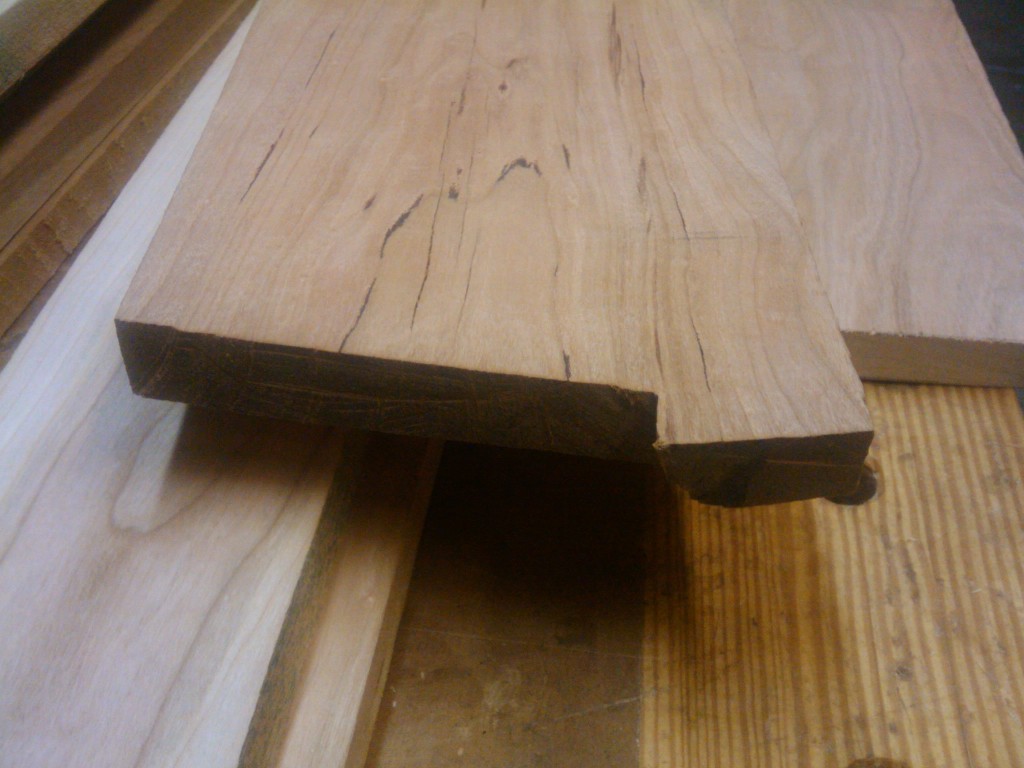
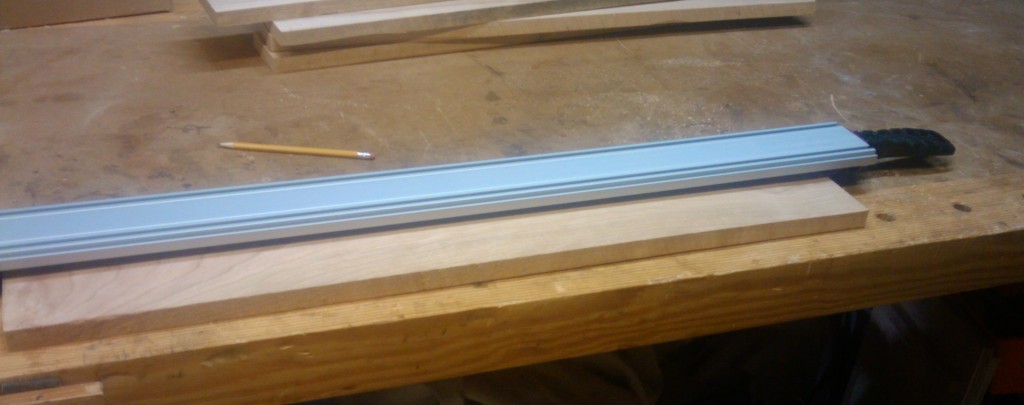
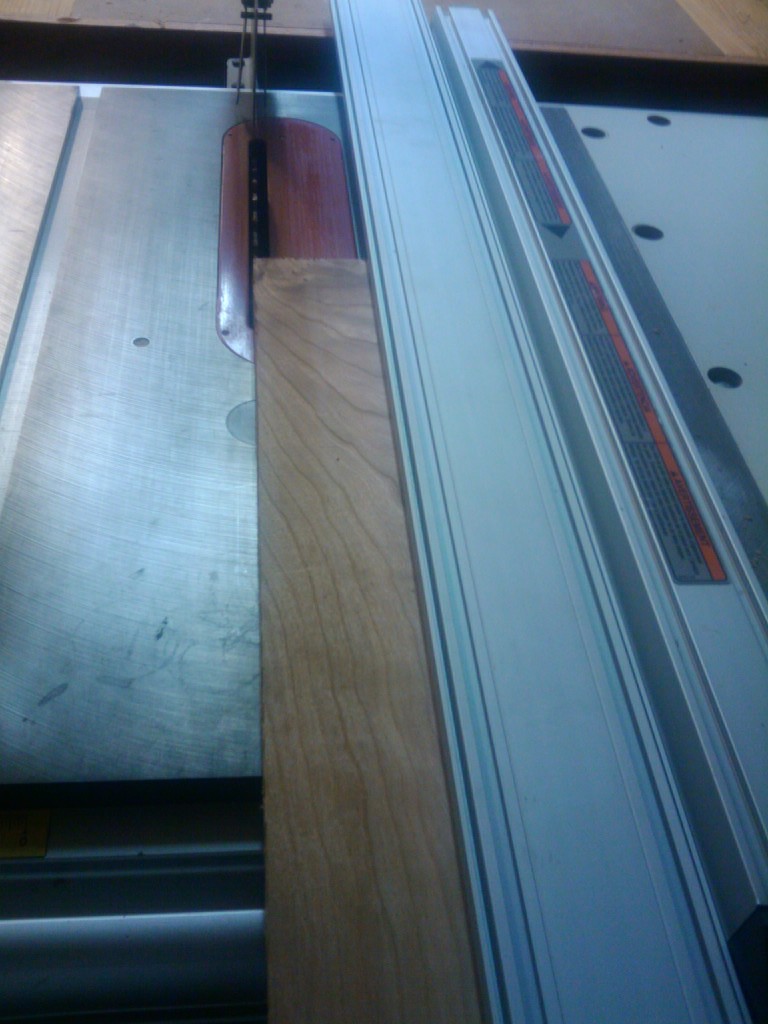
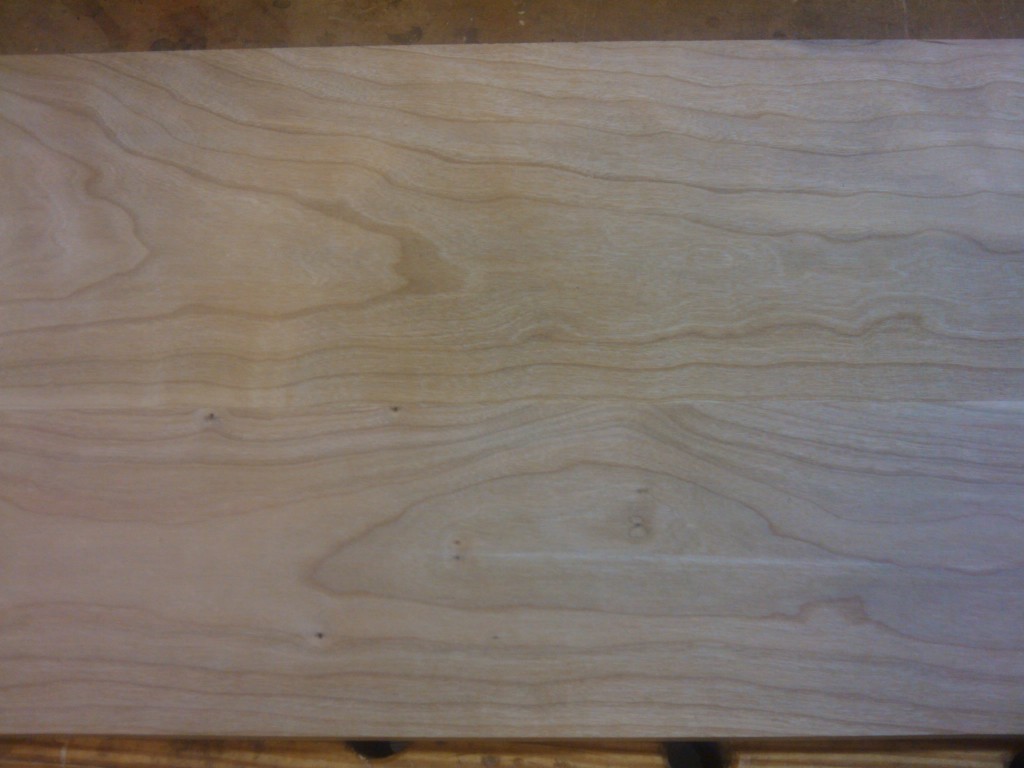
Oh how I love those “Ah Ha!” moments in a shop. Very cool idea you have their Tom. I have a set sitting collecting dust on my wall in the shop. I have found it makes sheet goods easier to handle and break down… But I don’t use much sheet good material in my shop. I do however need to parallel up stock ofter…. This will come in handy. Enjoyed the read…
Hey Tom,
That was a great read. I have a couple of the pro-clamps from peachtree that I use regularly in combination with my skill saw (since I don’t have a table saw). I find the most difficult thing in using these low profile clamps to be squaring it up. Using an auxiliary fence on the clamping surface does help, at least in those cases where you can use an auxiliary fence.
Reading this does give me an idea, though, on how to clean up an uneven edge using my router table/fence (I also do not have a jointer, so most times, jointing is done by hand). I can simply do the same as you (albeit w/ slightly longer process). Align the clamp so it’s square to the edges of the board, allowing it to overhang by enough where I get positive registration against my router fence (I love Jessem, btw). Raise a straight bit just enough to trim the majority of the edge of the stock. Once that pass is complete, remove the clamp, swap out the bit for a flush/trim bit, flip the board and make the final pass.
I can’t wait to give this a try. Thanks for the inspiration! Oh, and if bora has an extra set of their edge clamps they’d like to <cough /> donate… lol.
That is a really smart idea and one I’ll have to keep in my back pocket for the next time a similar situation arises in my shop!
Thanks Tom.